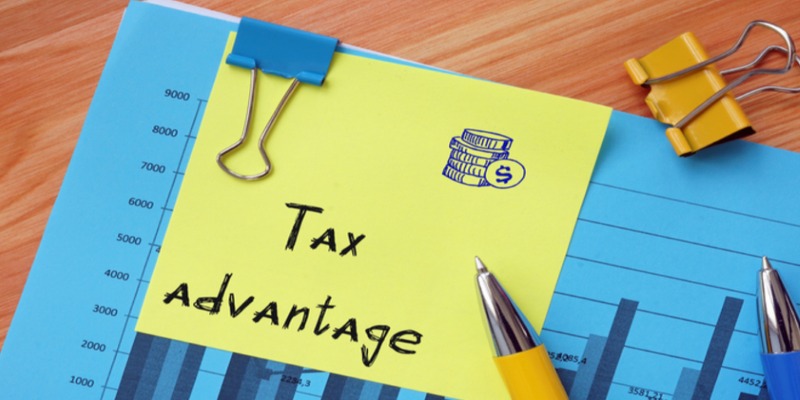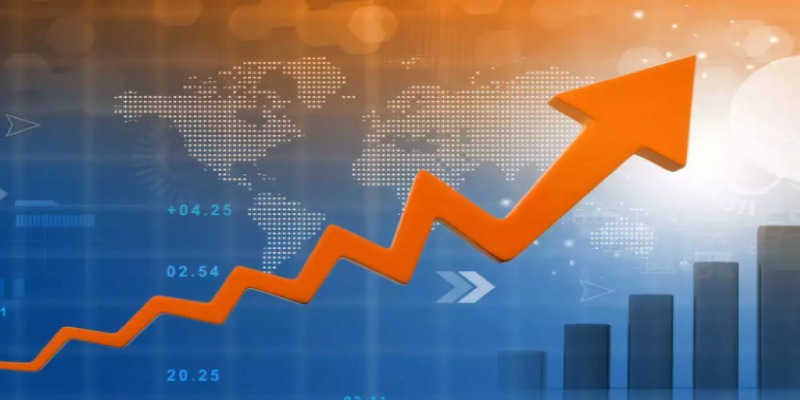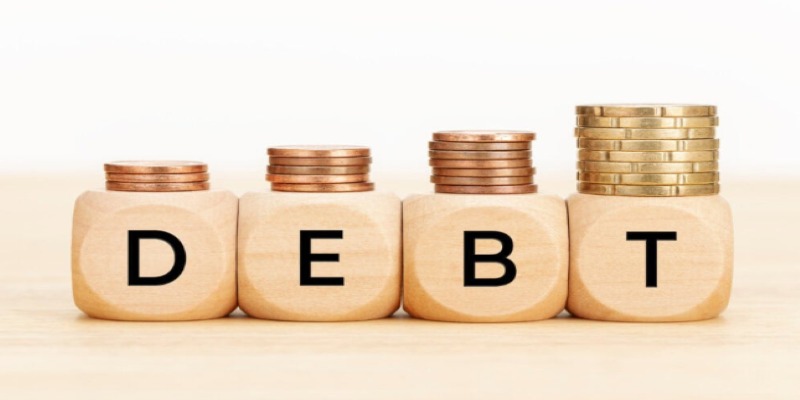Why Can Stock Buybacks Be A Signal For Investors?
Stock buybacks, or share repurchases, have been a popular financial strategy for companies in recent years. While often seen as a tool to manage a company’s capital structure or boost earnings per share (EPS), stock buybacks can send powerful signals to investors. Understanding these signals is essential for making informed investment decisions. In this article, we'll dive into why stock buybacks matter, what they signal to the market, and how investors should interpret them.
What Is A Stock Buyback?
A stock buyback occurs when a company purchases its shares from the open market, reducing the number of outstanding shares. This is usually done with excess cash or through borrowing. The primary goal is often to increase shareholder value by boosting the earnings per share (EPS), as fewer shares in circulation generally result in higher EPS. Additionally, buybacks can serve as a means to signal the company’s confidence in its financial position or to prevent dilution caused by stock options.

Buybacks have become increasingly common among large companies, especially in the United States, where tax laws and the regulatory environment make them appealing for capital management. While stock buybacks are a legitimate and sometimes valuable tool, they can also send necessary signals to investors, both positive and negative.
Positive Signals Of Stock Buybacks
Investors should look for several positive signals when a company initiates a stock buyback program.
Confidence In Future Growth
One of the most common reasons a company buys back its shares is to show confidence in its prospects. If a company believes its stock is undervalued, it may repurchase shares to signal to the market that it expects better performance ahead. For investors, this can be a sign that the company has a solid business plan, strong future earnings potential, and a commitment to generating value for its shareholders.

In 2024, many companies will buy back shares strategically to offset external economic factors like inflation or rising interest rates. These companies often believe their stock is undervalued due to market conditions, creating long-term growth opportunities. This is a key signal for investors to consider when evaluating the potential for a stock's future performance.
Efficient Use Of Capital
Stock buybacks can also indicate that a company is efficiently using its capital. When a company has excess cash and limited investment opportunities, repurchasing its shares might be better than holding on to the money or making inefficient investments. Companies that use their capital to buy back stock often signal that they are making the best use of their available resources, which investors see as a positive sign.
In 2024, companies may also use buybacks to return cash to shareholders in the face of economic uncertainty. Returning cash via buybacks is considered prudent, with less visibility on long-term investment opportunities.
Tax Advantages
In specific environments, stock buybacks can be more tax-efficient than dividends. While both methods return value to shareholders, buybacks allow shareholders to benefit from capital gains taxes, which are often taxed at a lower rate than dividend income. This tax advantage has made buybacks more attractive for many companies, particularly in 2024, where tax regulations and capital gains treatment can influence decisions.

From an investor’s perspective, a company’s decision to pursue buybacks in place of dividends can be a sign of strong tax planning, which could enhance the overall return on investment over time.
Negative Signals Of Stock Buybacks
While buybacks can be a positive signal, they can also raise red flags for investors if the company is not executing them wisely. Understanding the context behind a buyback is critical to discerning whether the company is truly confident in its prospects or simply using buybacks as a short-term strategy.
Sign Of Weak Growth Prospects
A company may sometimes initiate a stock buyback program because it has few other options for reinvesting its capital. If a company needs more profitable investment opportunities, it may use buybacks to manage its cash without expanding or improving its business. In this situation, stock buybacks signal that the company's growth prospects are limited or that management lacks innovative ideas to generate future value.

In 2024, this concern is particularly relevant in industries experiencing slowdowns or stagnation. Companies in sectors like energy or traditional retail might be more likely to engage in stock buybacks because they lack viable growth projects, indicating to investors that their long-term outlook may need to be more promising.
Overemphasis On Short-Term Metrics
Another potential downside of stock buybacks is that they can boost short-term financial metrics like EPS, which may not always reflect the long-term health of the business. Some companies might use buybacks to artificially inflate their earnings per share, particularly if they are under pressure to meet quarterly performance targets. While this might make the company look more attractive in the short term, it doesn't necessarily indicate sustainable growth or long-term value creation.
This practice of focusing on short-term financial metrics can be a red flag for investors. In 2024, investors must be wary of companies overly focused on satisfying market expectations rather than building long-term shareholder value.
Excessive Debt
Companies sometimes use debt to finance stock buybacks, which can signify financial instability. If a company borrows to repurchase its shares rather than using cash reserves, it might be overleveraging itself. While debt can be valuable for financing growth, excessive borrowing to fund buybacks can increase a company's financial risk.

If a company is using debt to repurchase stock, investors should evaluate whether the debt levels are sustainable, especially in the current interest rate environment of 2024. Rising interest rates can make debt more expensive, hurting companies overextending themselves in pursuit of stock buybacks.
How Investors Should Interpret Stock Buybacks In 2024
In 2024, investors should consider several factors when interpreting stock buybacks. The broader economic context is crucial in shaping how buybacks should be viewed. With inflation and interest rates continuing to impact markets, companies carefully balance the need to generate shareholder returns and stay financially stable. Buybacks can be a good sign if they are part of a long-term strategy to return value to shareholders, especially when the company's prospects appear bright.
However, investors should be cautious of companies using buybacks to mask underlying problems. For instance, if a company repurchases shares while its business fundamentals weaken, this could be a warning sign that management is trying to shore up the stock price without addressing more profound issues. In such cases, buybacks might not be a sign of strength but rather a tactic to delay the inevitable.
Conclusion
Stock buybacks can be a powerful signal for investors, but they must be interpreted within the broader context of a company's financial health and growth prospects. In 2024, buybacks can indicate confidence in the future, efficient capital use, and tax efficiency. However, they can also suggest weak growth, overemphasising short-term metrics, or excessive debt. As with any financial decision, the key is to look beyond the surface and evaluate the long-term strategy behind the buyback program.
For investors, the signal that a stock buyback sends is only as valuable as the company's financial health and market conditions. Understanding this dynamic will allow investors to make informed decisions, balancing the potential benefits of stock repurchases with the risks associated with over-leveraging or stagnant growth.

